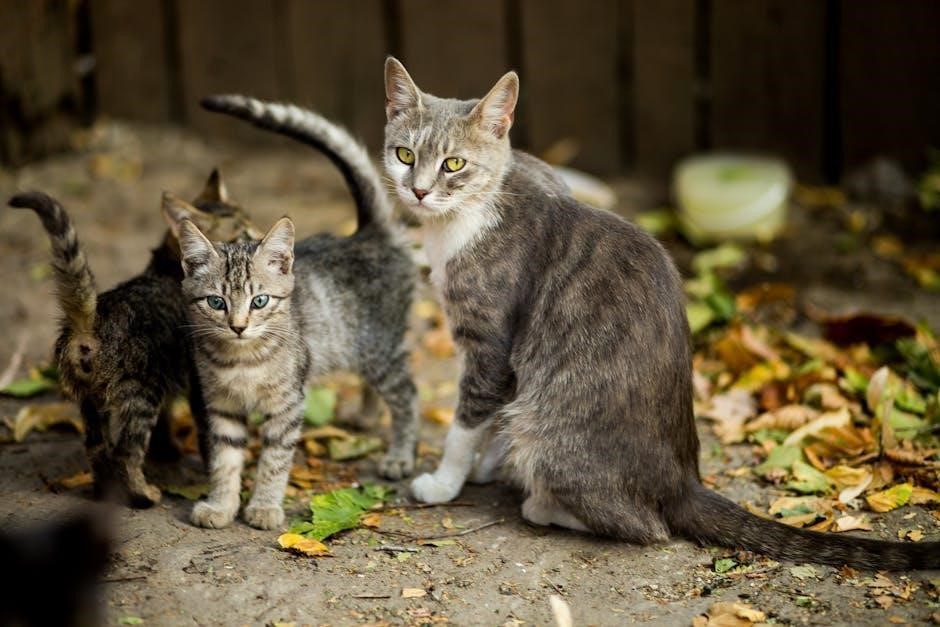Cat on a Hot Tin Roof: A Comprehensive Guide
Tennessee Williams’ “Cat on a Hot Tin Roof,” a Pulitzer Prize-winning play, explores complex family dynamics and hidden truths within a wealthy Mississippi Delta plantation setting.
Overview of the Play
“Cat on a Hot Tin Roof,” penned by Tennessee Williams between 1953 and 1955, unfolds in the sweltering Mississippi Delta. The play centers around the Pollitt family, primarily Brick and Margaret, amidst Big Daddy’s birthday celebration. Their strained marriage, fueled by Brick’s alcoholism and unresolved issues surrounding his friend Skipper, forms the core conflict. The play delves into themes of mendacity, repressed desires, and the decay of the Southern aristocracy, all set against the backdrop of a looming inheritance battle.
As the family gathers, tensions rise, revealing hidden secrets and forcing confrontations. Margaret, determined to secure her place in the family, fights against the odds. Brick seeks solace in alcohol, haunted by his past. Big Daddy confronts his own mortality and the lies surrounding his health. The play culminates in a dramatic showdown, exposing the family’s vulnerabilities and forcing them to confront the painful truths they have long avoided, making it a poignant exploration of human relationships under pressure.

Characters in Cat on a Hot Tin Roof
Tennessee Williams’ play features a rich cast of characters, each grappling with their own desires, secrets, and vulnerabilities within the oppressive atmosphere of the Mississippi Delta.
Brick Pollitt
Brick Pollitt, the former college football star, is now a disillusioned and alcoholic figure haunted by the memory of his deceased friend, Skipper. He retreats into a state of emotional detachment, fueled by guilt and repressed desires. His marriage to Maggie is strained, marked by a lack of intimacy and communication. Brick’s dependence on alcohol serves as a coping mechanism to numb his pain and avoid confronting the truth about his past. He is the favored son of Big Daddy, yet he struggles to meet his father’s expectations, leading to further conflict and self-destruction. Brick’s internal turmoil forms a central conflict.
Margaret “Maggie the Cat” Pollitt
Margaret, often referred to as “Maggie the Cat,” is Brick’s vivacious and determined wife, desperately fighting to save her failing marriage and secure her place within the Pollitt family. She is acutely aware of Brick’s emotional distance and her own childlessness, which threatens her inheritance. Maggie is fiercely independent and resourceful, using her wit and sexuality to navigate the power dynamics of the plantation. She is frustrated by Brick’s indifference and his refusal to engage with her emotionally or physically. Driven by a desire for love, security, and recognition, Maggie claws her way through the family’s web of lies and secrets, determined to survive.
Big Daddy Pollitt
Big Daddy, the patriarch of the Pollitt family, is a wealthy and powerful cotton tycoon facing his own mortality. He is a boisterous and demanding man, used to getting his way and exerting control over those around him. Despite his outward strength, Big Daddy is deeply afraid of death and the legacy he will leave behind. He is frustrated by his sons’ failures and their desperate attempts to secure his inheritance. Big Daddy seeks genuine connection and honesty, particularly from Brick, whom he loves and admires. His impending death forces him to confront the lies and illusions that permeate his family, leading to explosive confrontations and painful revelations.

Setting and Context
“Cat on a Hot Tin Roof” unfolds in the sweltering Mississippi Delta, within the opulent yet suffocating confines of the Pollitt family’s plantation home, steeped in wealth and simmering tensions.
Mississippi Delta Plantation
The Mississippi Delta plantation in “Cat on a Hot Tin Roof” is more than just a location; it’s a symbol of the Pollitt family’s wealth, power, and deep-seated dysfunctions. The sprawling estate, built on a foundation of cotton and privilege, serves as the stage for the drama to unfold. The oppressive heat mirrors the simmering tensions and unspoken truths that plague the characters.
The plantation represents Big Daddy’s hard-earned success, a tangible manifestation of his ambition and dominance. Yet, it also embodies the decay and corruption that lie beneath the surface of their seemingly perfect lives. The land itself becomes a character, bearing witness to the family’s struggles with inheritance, legacy, and the burden of expectations. The setting amplifies the themes of wealth, materialism, and the suffocating constraints of societal norms in the post-war South. It highlights both the beauty and brutality of their world.

Themes Explored
“Cat on a Hot Tin Roof” delves into various themes, most notably wealth, materialism, loneliness, unrequited love, denial, the law of silence, and the complexities of familial relationships.
Wealth and Materialism
In “Cat on a Hot Tin Roof,” wealth and materialism are central themes, highlighting their corrupting influence on the Pollitt family. Big Daddy’s vast cotton plantation represents the family’s accumulated fortune, driving their actions and desires. The characters are obsessed with inheritance and securing their financial future, leading to greed and deception. Mae and Gooper, driven by avarice, scheme to gain control of Big Daddy’s estate, demonstrating the destructive nature of materialism.
Margaret also desires financial security, fearing poverty and seeking to maintain her social standing. Brick, detached from the family’s materialistic pursuits, finds solace in alcohol, rejecting the superficial values that consume them. The play critiques the superficiality of wealth, exposing how it can mask deeper emotional issues and create a toxic environment. The characters’ pursuit of material possessions ultimately reveals their emptiness and unhappiness, emphasizing the hollowness of a life centered solely on wealth.
Loneliness and Unrequited Love
Loneliness and unrequited love permeate “Cat on a Hot Tin Roof,” driving the characters’ actions and fueling their despair. Margaret, trapped in a loveless marriage with Brick, desperately seeks his affection, but he remains emotionally detached, haunted by the death of his close friend Skipper. Her unrequited love for Brick intensifies her loneliness, causing her to feel like “a cat on a hot tin roof,” restless and desperate. Brick’s emotional unavailability stems from unresolved feelings for Skipper, leaving him isolated and unable to connect with Margaret.
Big Daddy, despite his wealth and power, experiences profound loneliness as he confronts his mortality and reflects on his relationships. He longs for genuine connection but struggles to express his emotions, further isolating him from his family. The play explores the isolating effects of repressed desires and the yearning for authentic love, revealing the characters’ deep-seated loneliness and their inability to find solace in each other.

Availability of the Play in PDF Format
For those seeking to delve into Tennessee Williams’ powerful drama, “Cat on a Hot Tin Roof,” accessing the play in PDF format offers a convenient option for study and analysis. Several online resources provide PDF versions of the script, enabling readers to explore the intricate relationships and thematic complexities at their own pace. These digital versions often include helpful annotations and contextual information, enhancing the reading experience.
However, it’s essential to ensure the PDF source is reputable and legally obtained to respect copyright laws. Educational websites, online libraries, and theatrical publishers often offer authorized digital copies of the play. A simple online search for “Cat on a Hot Tin Roof PDF” will yield numerous results, but discerning users should prioritize legitimate sources to avoid copyright infringement and ensure accurate textual content.